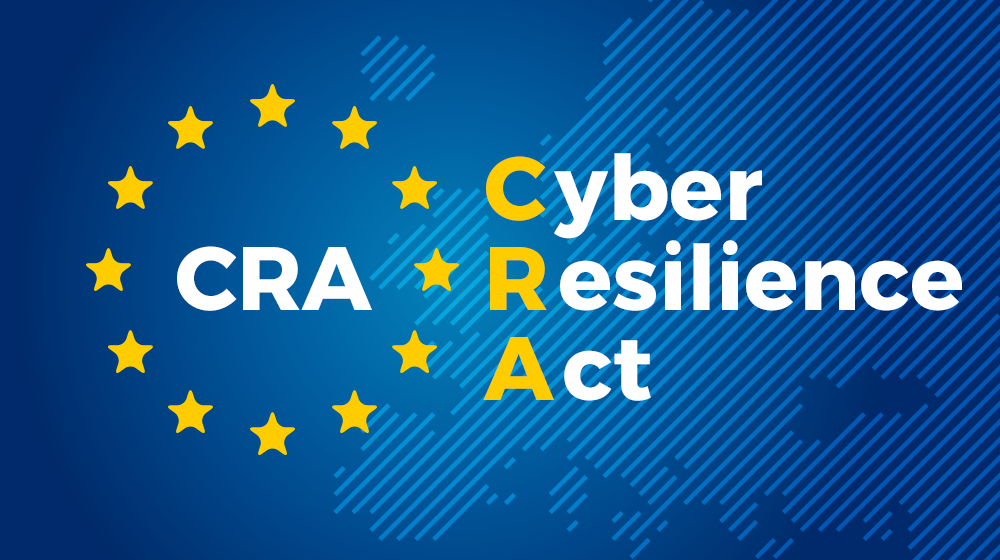As we enter a new industrial revolution, the fields of robotics and automation are being advanced by a select group of visionary companies that are transforming manufacturing, healthcare, and even our homes. In Japan, FANUC’s precision-driven industrial robots enhance automotive assembly lines with millisecond accuracy. Meanwhile, Germany’s KUKA integrates advanced motion control with artificial intelligence to help factories adapt quickly to changing production demands. In the United States, ABB has invested significantly in collaborative robots that work alongside human operators, and innovative startups like Vecna Robotics have introduced fleets of autonomous vehicles in warehouses to optimize order fulfillment. In the surgical realm, Intuitive Surgical’s da Vinci systems have become synonymous with robot-assisted procedures, allowing surgeons to perform complex operations through small incisions and thereby improving patient recovery times. Even in our homes, leaders like iRobot are incorporating voice control and smart-home integration into their latest vacuum models, suggesting a future where domestic robots can anticipate our needs as intuitively as our smartphones do.
Investing in these groundbreaking technologies requires a careful balance between enthusiasm for their transformative potential and an understanding of the inherent risks. A prudent investor should start by assessing a company’s financial health, research and development pipeline, cash reserves, and leadership experience, rather than getting swept away by the excitement of hype. Diversifying investments across a range of ventures, ranging from publicly traded companies to smaller private firms, and pacing exposure over time can help mitigate the inevitable setbacks any emerging technology might face. Some investors may prefer to reduce single-stock risks by investing in thematic exchange-traded funds (ETFs) that bundle together a selection of robotics or AI-focused companies managed by professionals. Throughout this process, maintaining a long-term perspective is essential, especially since ambitious projects such as quantum computing or personalized gene therapies may take years of development before yielding commercial returns. Regularly rebalancing investment portfolios and staying alert to changes in government policy or supply-chain dynamics can help individual investors navigate the complexities of emerging technologies without compromising their overall financial objectives.
Blockchain and decentralized finance (DeFi) are other areas where innovative developments intersect with evolving regulations. In Europe, the Markets in Crypto-Assets (MiCA) framework, effective from January 1, 2025, imposes stringent capital-reserve and transparency requirements on so-called “payment stablecoins.” This move signals regulators’ commitment to harness the efficiency of crypto markets while protecting consumers from undue risks. In the United States, ongoing debates in Washington regarding the SEC’s authority to classify tokens as securities could have significant implications for exchanges and lending platforms, impacting whether they are subjected to securities regulations or oversight geared toward commodities. Beyond classification, anti-money-laundering and know-your-customer standards raise challenging questions for peer-to-peer protocols designed to bypass traditional gatekeepers, with policymakers scrambling to determine compliance responsibilities. Meanwhile, in Asia, China’s cautious acceptance of a yuan-pegged stablecoin indicates a potentially more flexible regulatory approach, even as authorities warn that decentralized markets may pose systemic risks if not properly managed. This patchwork of regulatory frameworks will not only shape where DeFi companies can legally operate but also influence global capital flows and technological partnerships in the coming years.
In summary, the landscapes of robotics, automation, blockchain, and decentralized finance present exciting opportunities for growth and innovation. Leading robotics firms are showcasing both the commercial and societal benefits of intelligent machines, while open-source frameworks, whether in AI libraries or blockchain protocols, facilitate rapid progress through collective problem-solving on an unprecedented scale. However, these prospects come with the volatility associated with emerging markets and the complexities of changing legal frameworks. For individual investors willing to engage in thorough due diligence, diversify sensibly, and stay informed about ongoing policy discussions, the potential rewards may outweigh the risks. By developing a strategy that balances the promise of transformative technology with the principles of sound risk management, investors can aim to capture the next wave of innovation without being overwhelmed by its challenges.





